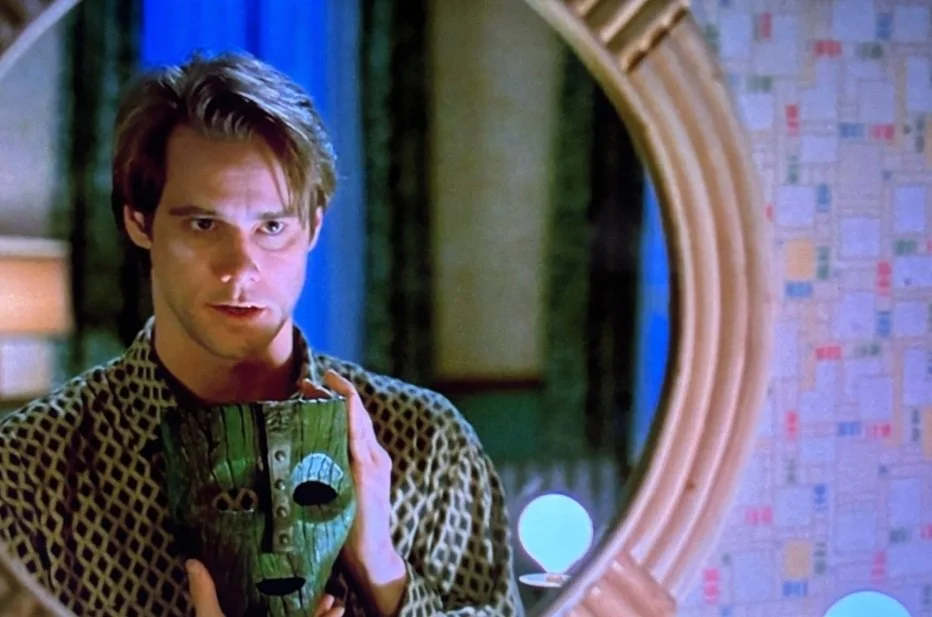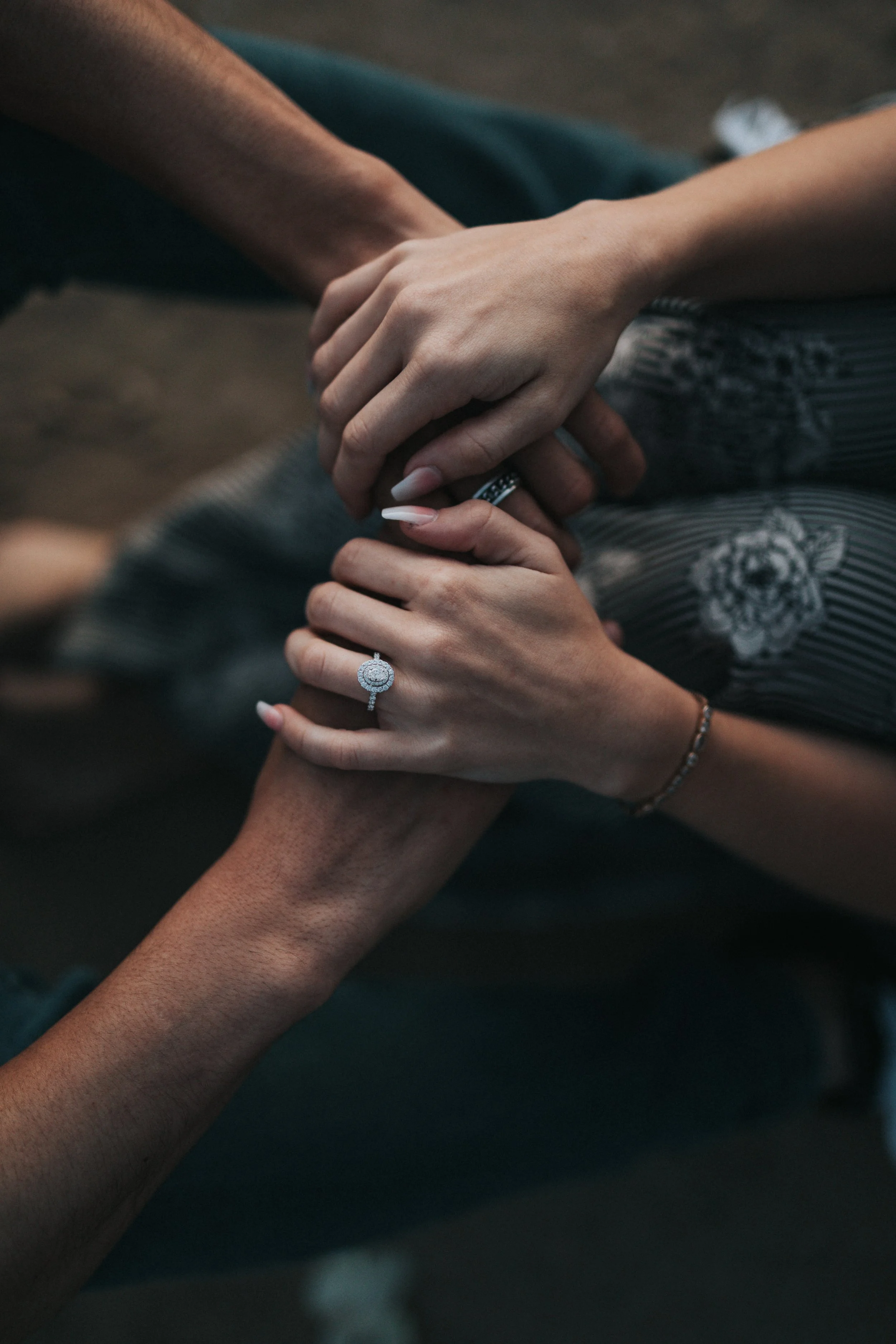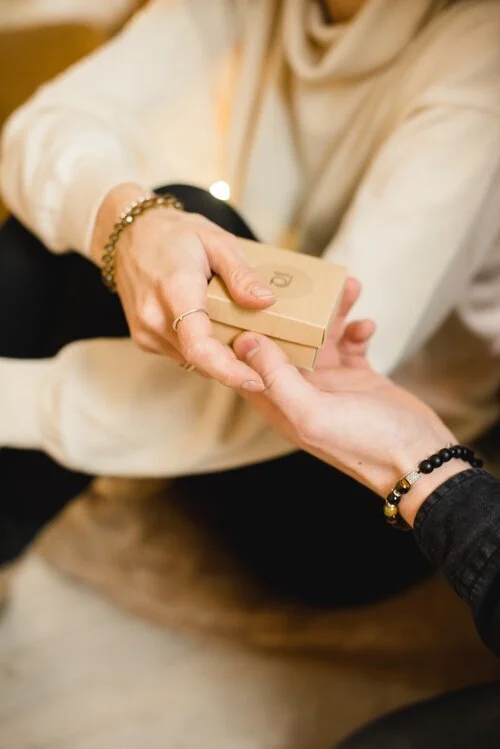Each of the human survival instincts - Self-preservation (SP), Social (SO), and Sexual (SX) - have their respective bias towards certain relationship habits. See which one resonates with you.
How to Set Boundaries over the Holidays
Which Enneagram Types are Romantically Compatible?
Two Quick Tips to Be Assertive
Concentric Circles of Connection
Therapy with Ibi - Anxiety, Insomnia, Relationships
Moving on from Toxic Relationships
Moving on from Trauma
Enneagram Type Six: What It's Like
Enneagram Type Nine: What It's Like
Enneagram Type Nines (Type 9s) are other-centered people who seek comfort and focus on pleasing others, aiming to ease conflict in their lives. This tendency can lead Nines to fall out of touch with their own emotions, especially with anger. Read about what it’s like being a Type Nine from therapist Lorren Penner.
How to Have Great Conversations
What is Compatibility?
Enneagram Type Seven: What It's Like
Enneagram Type Three: What It's Like
Enneagram Type Threes (Type 3s) often live life as a performance, seeking love and acceptance through success and achievements, often not realizing the connections they can make by just being themselves. Read about what it’s like being a Type Three from Morgan, a guest therapist who helps anxious women who are going through life transitions.
Enneagram Type One: What It's Like
Enneagram Type Two: What It's Like
Power of Perspective: Cycle or Spiral?
You may feel sometimes like you’re going in circles - expending so much energy, time, and resources to change, only to find yourself in the same place all over again. As more time goes on, you feel like the future is bleak - what’s the point of trying, if it’s going to be the same? Perhaps what’s the issue is not what’s happening but how you perceive what’s happening. What if you ARE actually changing?





























